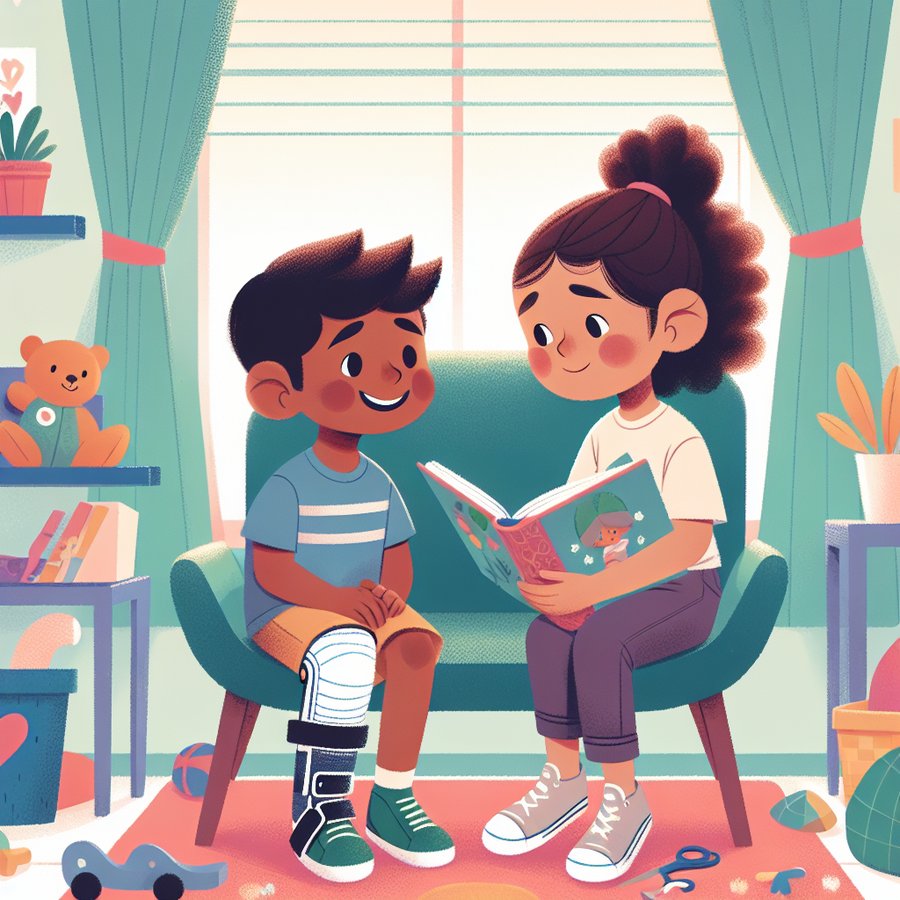Welcome to a deep dive into Juvenile Arthritis, a condition that might not be on every new parent’s radar but is crucial to be aware of. Juvenile Arthritis affects nearly 300,000 children in the United States alone. Understanding its symptoms, treatments, and the support your child might need is essential for any parent navigating this diagnosis.
What is Juvenile Arthritis?
Juvenile Arthritis encompasses several types of arthritis that can affect children under the age of 16. Unlike the arthritis that is more commonly seen in adults, which is often due to wear and tear on the joints, Juvenile Arthritis is an autoimmune disorder. This means the body’s immune system, which normally helps to fight off infections, mistakenly attacks the body’s own cells and tissues, specifically those in the joints, causing inflammation, pain, and stiffness.
There are several types of Juvenile Arthritis, with the most common being Juvenile Idiopathic Arthritis (JIA). ‘Idiopathic’ means the cause is unknown. Despite extensive research, why some children develop JIA remains a mystery. However, it’s believed to be a combination of genetic and environmental factors. For more detailed information, visiting the American College of Rheumatology website can provide valuable insights.
Symptoms of Juvenile Arthritis
Recognizing the symptoms of Juvenile Arthritis early can lead to a quicker diagnosis and treatment plan. Symptoms can vary greatly from child to child and may include persistent joint pain, swelling, and stiffness, especially in the morning or after a nap. Some children may also experience fever, rash, and fatigue. It’s crucial to observe your child and note any recurring symptoms or patterns that could indicate Juvenile Arthritis.
Given the varied nature of the disease, it can sometimes be mistaken for other conditions. Therefore, if you notice any of these symptoms persisting, it’s important to consult a healthcare professional who can perform the necessary tests to determine if your child has Juvenile Arthritis. Early intervention is key to managing the disease and ensuring your child can lead a healthy, active life.
Treating Juvenile Arthritis
The treatment for Juvenile Arthritis aims to reduce pain and inflammation, prevent joint damage, and maintain mobility. It often involves a combination of medication, physical therapy, and in some cases, surgery. Nonsteroidal anti-inflammatory drugs (NSAIDs) are commonly prescribed to help reduce pain and swelling. In more severe cases, disease-modifying antirheumatic drugs (DMARDs) or biological response modifiers may be used to slow the progression of the disease.
Physical therapy is also a crucial part of treatment, helping to improve strength and flexibility. A physical therapist can design a program tailored to your child’s needs, which may also include exercises to do at home. Additionally, educating the child and family about the condition and how to manage it is fundamental. For more information on physical therapy options, consider reading about the benefits of physical therapy for children with Juvenile Arthritis.
Supporting Your Child with Juvenile Arthritis
Living with Juvenile Arthritis can be challenging for both children and their families. Beyond the physical symptoms, it can affect a child’s mood, school performance, and social interactions. As a parent, providing emotional support, understanding, and patience is just as important as managing the physical aspects of the disease. Encourage your child to express their feelings and concerns about living with Juvenile Arthritis.
Additionally, finding a community of other families dealing with Juvenile Arthritis can be incredibly beneficial. Support groups, whether online or in person, can provide a space to share experiences, tips, and encouragement. For resources and connections to others in the Juvenile Arthritis community, you might want to explore our dedicated Juvenile Arthritis page.
In conclusion, Juvenile Arthritis is a challenging condition, but with the right knowledge, treatment plan, and support, children can manage their symptoms and lead fulfilling lives. As research continues, we remain hopeful for even more effective treatments in the future. For now, focusing on comprehensive care and support will make a significant difference in the lives of children with Juvenile Arthritis and their families.













